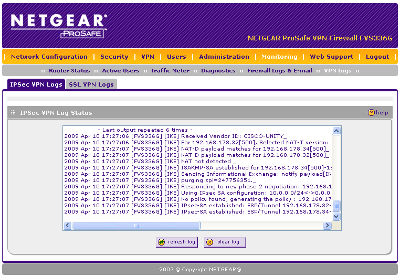

- #Mac ipsec vpn client pfsense how to#
- #Mac ipsec vpn client pfsense password#
- #Mac ipsec vpn client pfsense download#
Step # 11: Provide the following information.

Step # 10: Click on the Add button next to the FastestVPN client that you just created, which is “ ovpnc1 (FastestVPNovpn)” in our example. Step # 9: Click the I nterface tab and click Assignments.
Click “ Save” at the bottom of the page. Custom Options: Add the following text:. Step # 8: In the “ Advanced Configuration” section, fill in the required fields as given below: Step # 7: In the “ Tunnel Settings” section, leave everything to their default. Topology: Subnet – One IP address per client in a common subnet. Allow Compression: Refuse any non-stub compression (Most secure). Limit outgoing bandwidth: Leave empty (unless you want to limit the bandwidth). Step # 6: In the “ Tunnel Settings” section, fill in the required fields as given below: Hardware Crypto: No hardware crypto acceleration (unless you know about your device hardware otherwise). Auth digest algorithm: SHA256 (256-bit). 
Fallback Data Encryption Algorithm: AES-256-CBC (256-bit key, 128-bit block).Data Encryption Algorithms: AES-256-CBC, AES-128-CBC.Data Encryption Negotiation: Put a checkmark.
#Mac ipsec vpn client pfsense password#
Client Certificate: None (Username and/or Password required). Peer Certificate Revocation List: Leave as default. Peer Certificate Authority: FastestVPN_ca (or add the certificate’s descriptive name which you used in Step # 1). TLS Key Usage Mode: Select “TLS Authentication”. Paste this text into the “TLS key” field. Now copy the text that starts with ‑‑BEGIN OpenVPN Static key V1‑‑ and ends with ‑‑END OpenVPN Static key V1‑‑. TLS Key: Open the server configuration text file. Automatically generate a TLS Key: Unchecked. TLS Configuration: Check “Use a TLS Key”. Step # 5: In the “ Cryptographic Settings” section, fill in the required fields as given below: Password: Enter your FastestVPN Password. Username: Enter your FastestVPN username. Step # 4: In the “ User Authentication Settings” section, fill in the required fields as given below: Description: Choose a display name for this configuration. Server host or address: Enter your desired FastestVPN server address from here. Protocol: Select UDP on IPv4 only or TCP on IPv4 only. Step # 3: In the “ General Information” section, fill in the required fields as given below: Paste the copied text into the “Certificate data” box. This text starts with ‑‑BEGIN CERTIFICATE‑‑ and ends with ‑‑ END CERTIFICATE‑‑ Now go to the server config file which you already opened with a text editor. Method: Import an existing Certificate Authority. Choose a Descriptive name such as “ FastestVPN_ca“. Pick any server file such as “Austria-UDP” and open it with a text editor. #Mac ipsec vpn client pfsense download#
Download FastestVPN OpenVPN server configuration files from here. Steps to set up the FastestVPN on pfSense 
#Mac ipsec vpn client pfsense how to#
Click here to find out how to set up FastestVPN on pfSense 2.6.x. Following figures show the assignment of interfaces and ip address for device-a and device-b VM's.This tutorial describes how to set up FastestVPN on pfSense 2.4.x and 2.5.x using the OpenVPN protocol. To proceed this article, I assume you have already installed PfSense on VM. In this setup, each VM have two interfaces (WAN & LAN) and also ip addresses configured. Encapsulated security payload (ESP) of IPsec VPN is available in Linux / Unix kernels which is uses by Strongswan in the second phase of VPN. Stongswan uses the OpenSSL implementation of cryptographics algorithms ( such as AES128/256, MD5/SHA1 etc) in the first phase (IKE phase) of IPsec VPN. It provides the internet key exchange (IKE) or automatic sharing of keys among nodes or gateways of IPsec VPN and then uses the Linux/Unix kernel implementation of authentication (AH) and encryption ( ESP). Both phases of IPsec (Key sharing and encryption) is implemented by Strongswan tool on Linux/Unix platforms. PfSense firewall uses an open source tool Strongswan which provides the IPsec VPN functionality. IPSec protocol allows to encrypt and authenticate all IP layer traffic between local and remote location. Cryptographic security mechanism are used in IPsec to protect communications over IP layer. Two components of IPsec protocol are Authentication Header (AH) and Encapsulating Security Payload (ESP) to provide packet integrity, authentication and confidentiality security features. This article is about securing IP layer using Virtual Private Network (VPN) also known as IPsec (Internet Protocol security) on well-known open source firewall PfSense.








 0 kommentar(er)
0 kommentar(er)
